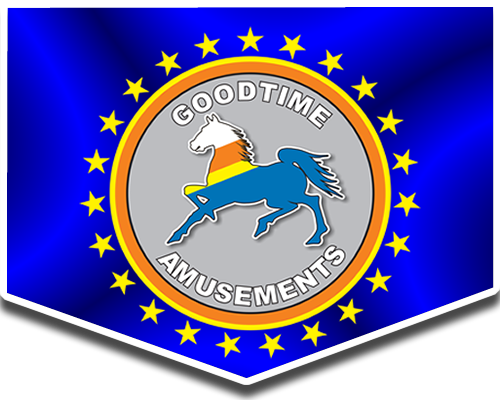
MIDWAY SAFETY
1. Be a cautious consumer when choosing amusement rides for your child.
Amusement rides are no different than any other kind of product targeted at children. They offer benefits and risks. Use the same good judgment when picking amusement rides that you do when deciding which foods or TV shows or toys are safe for your kids. When deciding whether a ride is safe for your child, base the decision on what you know about your child and how secure the ride appears to be for children, not on what a teenage ride operator says or what you see other parents doing
2. Watch the ride with your child before boarding.
3. Always obey minimum height, age, weight, and health restrictions.
Your safety depends on your own behavior
Patrons who move around during the ride cycle, don't pay attention to what they're doing, or deliberately break the safety rules are the number one safety concern voiced by ride owners and operators. Amusement rides may be fun fantasy entertainment, but they're also powerful machines and there's not a whole lot of room for error. If you stand up or loosen your restraint or push your little sister off her seat, a serious accident can result.
Read the ride rules and restrictions, and follow them all!
Never lie or argue about height/age/weight/health restrictions in order to get yourself or someone you love onto an amusement ride. If a piece of high-speed (or low-speed) heavy machinery wasn't designed or tested to be safe for 29-inch-tall toddlers or 350-pound adults, then why on earth would you want to trick or bully a ride operator into playing guinea pig with your own 29-inch-tall child or your own 350-pound self?
Use all the safety equipment provided
If a ride has a restraint system, latch it. If the ride has more than one restraint system, latch all of them. Keep them latched until the operator tells you to get off the ride. The extra step might seem like a bore, but if the primary restraint happens to fail while you're riding, you'll learn to appreciate redundant system design.
